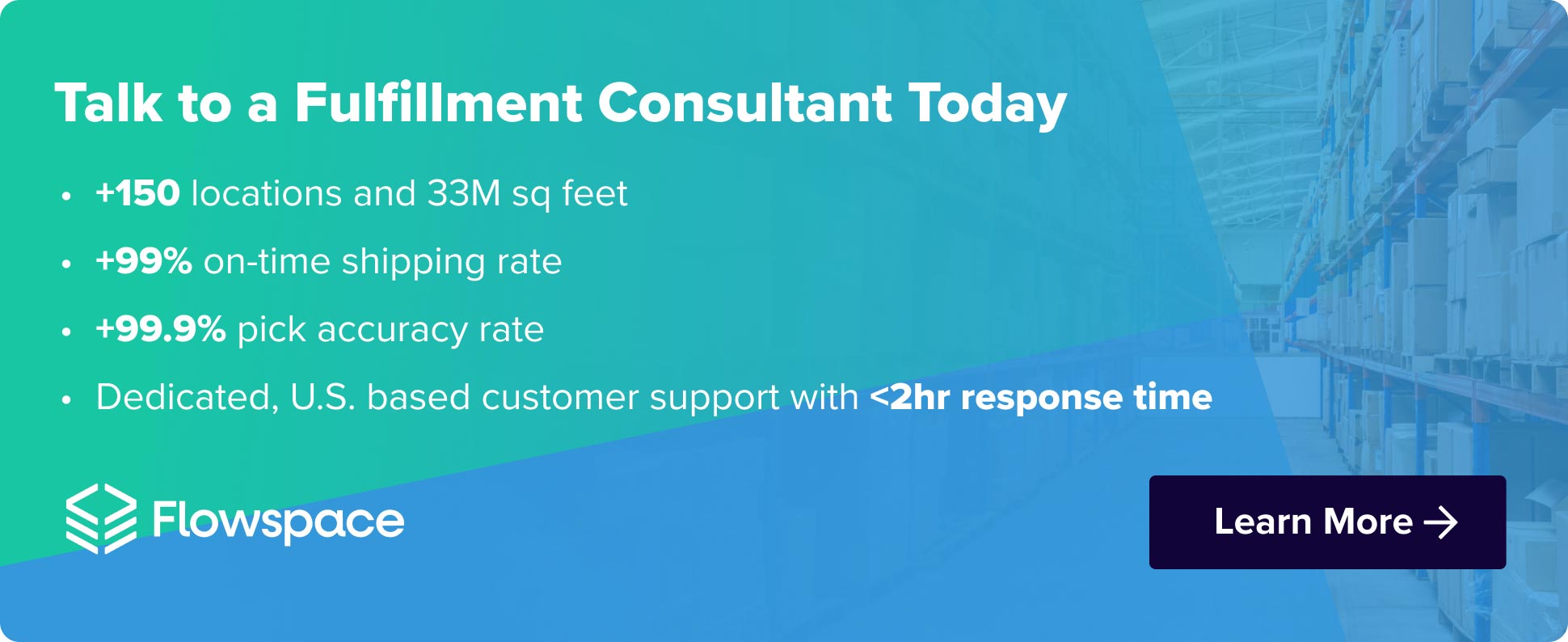
Selling on Amazon offers a vast marketplace and unmatched reach, but for certain products, success hinges on understanding a seemingly mundane detail: temperature. Enter meltable inventory. These heat-sensitive goods, from decadent chocolates to vibrant wax melts, present unique challenges.
Navigating Amazon’s meltable landscape boils down to two key pillars: understanding what falls under the “meltable” umbrella and mastering the seasonal restrictions Amazon imposes. This blog will outline seven expert tips for selling meltable inventory on Amazon.
Understanding Amazon Meltable Inventory
Meltable inventory encompasses any meltable item or product susceptible to compromising its quality or form when exposed to high temperatures. Think delicious gummies misshapen into blobs, luxurious lotions transformed into oily puddles, or vibrant crayons melted into abstract modern art. Amazon categorizes products based on their melting points, ensuring storage and transit at specific temperatures.
To safeguard product integrity and prevent logistical meltdowns, Amazon enforces seasonal restrictions on meltable inventory. Generally, from April 15th to October 15th, Amazon will not fulfill meltable products from any Amazon fulfillment center, as part of the Amazon meltable product policy. This means, during those summer months, a brand’s delicious dark chocolate bars or soothing aromatherapy candles can’t reach customers.
7 Tips for Selling Meltable Amazon Inventory
Any Amazon seller must follow a specific set of rules to adhere to their policies. And while it might be a little more complicated than selling unmeltable clothing or toys, selling meltable inventory on Amazon is possible—and potentially very profitable—by following these seven expert tips.
Tip 1: Identify Your Meltable Products Accurately
Knowing which of your precious goods fall under Amazon’s “temperature-sensitive” umbrella prevents logistical nightmares and safeguards both your profits and reputation. Fortunately, identifying meltable inventory is straightforward. Amazon Seller Central allows brands to check their meltable inventory by filtering for products that have temperature range requirements. This filtered list reveals your temperature-sensitive products, requiring special seasonal attention.
Brands should also stay up to date with Amazon’s list. Amazon regularly updates its list of meltable ASINs (Amazon Standard Identification Numbers) which you can find in the Amazon Seller Central portal under the Inventory tab. Bookmark this document and revisit it frequently to ensure inventory management remains compliant. Proactive identification is a brand’s shield against potential account suspensions and costly mishaps.
Tip 2: Navigate Seasonal Selling Windows Effectively
From April 15th to October 15th, Amazon’s fulfillment centers temporarily restrict the storage and fulfillment of these delicate goods. However, brands can view the off-season as a strategic opportunity.
Use this period to focus on selling through existing inventory. Implement creative tactics like flash sales, bundling meltable items with non-meltable products, or targeted discounts. Consider exploring alternative sales channels like your own website or local markets to maximize reach and minimize storage costs as well as help manage overflow storage.
Planning for the on-season is equally important. Analyze historical sales data to accurately forecast demand and ensure your meltable goods arrive at Amazon’s fulfillment centers well before the April 15th deadline. Overstocking leads to unnecessary storage fees, while understocking means missed sales. Striking the perfect balance between timely arrival and optimized inventory levels fuels summer profits, not storage headaches.
Learn how to avoid overstocking in our blog.
Tip 3: Ensure Compliance with Amazon’s Temperature Requirements
Maintaining optimal temperatures is crucial for meltable products. Amazon defines specific temperature ranges for different categories of these delicate goods. Consult Seller Central’s dedicated resources for detailed guidelines, ensuring your inventory aligns with these requirements. Remember, non-compliance can lead to product restrictions, impacting both customer satisfaction and sales.
For products capable of handling higher temperatures, consider pursuing additional certification. Programs like Amazon FBA Inventory Climate Certification Service subject your items to rigorous testing, potentially unlocking access to a wider fulfillment network and increased sales opportunities, even during the off-season.
Tip 4: Optimize Your Inventory Management
Efficient inventory management is the backbone of meltable product success. Utilize historical sales data and seasonal trends to accurately forecast demand. This forecasting ensures timely replenishment, preventing stock outs during peak seasons and minimizing unnecessary storage costs in the off-season. Consider leveraging helpful tools like SoStocked. This software assists in tracking inventory levels, optimizing replenishment schedules, and providing invaluable insights to guide your strategic decisions.
Tip 5: Leverage FBA and FBM for Meltable Products
Understanding the merits of both Fulfillment by Amazon (FBA) and Fulfillment by Merchant (FBM) is crucial for meltable products. Comparing FBA vs FBM, FBA offers convenience and wider reach, but storage fees during the off-season can dampen profits. FBM provides greater control over storage and shipping methods, but managing logistics and intralogistics yourself requires dedicated resources.
Weigh the pros and cons of each approach based on your specific needs and seasonality. Consider switching between FBA and FBM throughout the year. Utilize FBA in the on-season for its reach and efficiency, while transitioning to FBM during the off-season to minimize storage costs. Flexibility is key to optimizing your fulfillment strategy for maximum profitability.
Tip 6: Implement Effective Packaging Solutions
Layer your defense with dunnage like insulated boxes, protective bubble wrap, and heat-resistant inner sleeves. For longer journeys or scorching temperatures, enlist the cooling power of gel packs or explore cold chain shipping options. Remember, clear “fragile” and “perishable” labels, along with void fillers, keep your treasures safe from bumps and jostles. Adapt your approach to the season: basic insulation suffices in cooler months, while summer demands extra protection like double-walled boxes and multiple gel packs. By striking the balance between cost and effectiveness, you’ll ensure your meltables arrive cool and delightful, leaving your customers smiling and your business thriving.
Tip 7: Maximize Sales Before Critical Deadlines
As the April 15th deadline approaches, maximizing sales velocity becomes paramount. Implement strategic promotions like targeted discounts, bundle deals, and limited-time sales. Utilize effective marketing campaigns to drive traffic to your listings and incentivize purchases. Consider offering free shipping or expedited delivery options to entice hesitant customers. Every sale before the deadline ensures smoother inventory management and potentially higher profits.
Flowspace: Your Partner in Efficient Amazon Inventory Management
The Amazon meltable items landscape holds unique challenges for brands, demanding more than just seasonal adjustments and clever marketing.
Flowspace’s powerful platform delivers real-time data and advanced forecasting algorithms, empowering you to make data-driven decisions about ordering, stocking, and allocating your temperature-sensitive goods. No more overstocked off-seasons or last-minute scrambles to meet peak demand—Flowspace helps you achieve inventory optimization perfection.
It’s not only during shipping that brands need to worry about meltable inventory. Products also need to be stored in warehouses that can keep them at the appropriate temperature. The Flowspace Fulfillment Network has a network of certified warehouses that specialize in fulfilling refrigerated and frozen goods.
Because many meltable products are also perishable, brands need to think about expiration dates as well, and many of the same strategies apply in terms of selling through existing stock. As a fulfillment logistics partner, Flowspace supports First-Expired-First-Out (FEFO), a picking logic that ensures that the oldest items or those with the earliest expiration dates are picked first. Learn more about FIFO vs FEFO vs LIFO in our blog.
An inventory tracking tool can help brands determine how much stock needs to be sold before the summer and keep track of expiration dates. Flowspace offers an industry-leading real-time inventory visibility solution that helps brands determine how quickly products are selling, how many days until a product runs out, how to manage obsolete inventory, and how current demand compares to a previous time frame.
Learn more about how to take control of your meltable inventory with Flowspace. Get in touch today.







